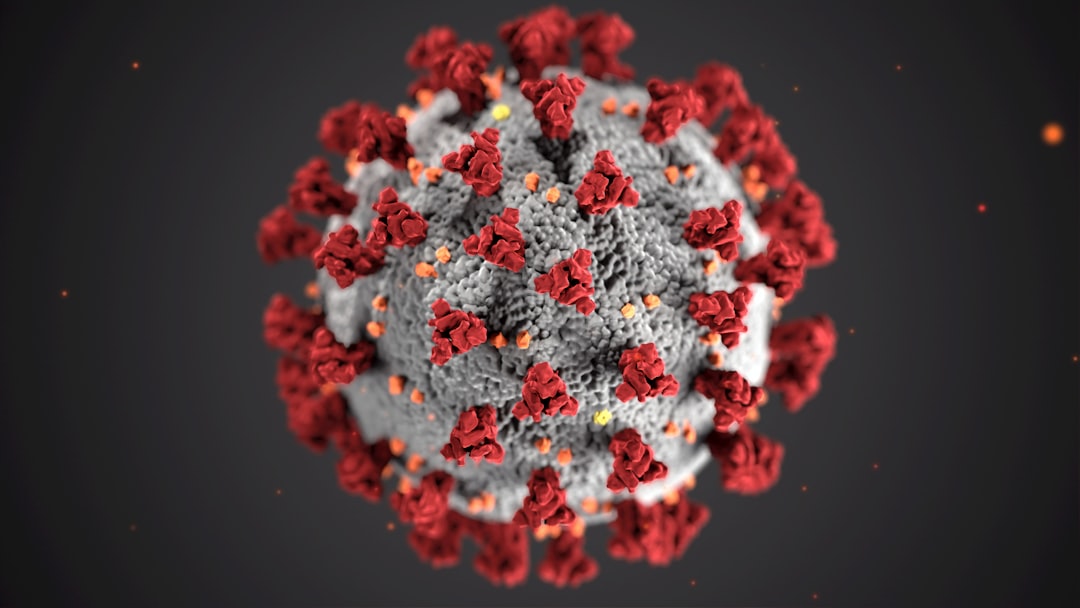What is it about?
What made this project complex is that it would never have gotten anywhere without using the latest and greatest technologies available. So the story of the project, that culminated in producing this publication, is a story about two research groups working together as a team. We are biologists studying the mysterious molecules that make living things have energy, and we worked with a Dutch group who are engineers developing detectors and algorithms to interpret studies like ours.
Featured Image

Photo by Lysander Yuen on Unsplash
Why is it important?
What made this project super is that it settled a longstanding debate. These molecular structures called "super-complexes" were theorized decades ago. While ideas and hypothetical implications have been excitedly discussed by big thinkers in the field, these elusive super-complexes were difficult to actually "see" in the lab, making it very hard to get any sort of real proof one way or the other. To continue research in the field, you could say that scientists were forced to philosophically assume that they either do or don't exist, and then go from there to study the finer details. This is very uncomfortable for a scientist, to base their life's work on a topic without firm ground to stand on - but it is such a fundamental, important, key topic in this case (how all of life gets energy!), that it was well worth the sacrifice. Instead, we attacked the Achilles Heel of the field, with every resource we could.
Perspectives
Motivated by a burning desire to know the true answer to a fundamental question in biology, that would impact a lot of other people's work, we conducted our experiments painstakingly carefully. And by carefully, I mean we did our very best to rethink every single step in the protocol, rule out any experimental errors, make sure we could control every conceivable variable, and discuss over and over again with all sorts of experts (from mathematicians to medical doctors) to check for any gap in our logic...and then repeated the process! We knew we would have to persevere through technical challenges that had prevented anyone else from getting this to work. And we didn't stop until we could show definitive evidence - the end result was that yes, super-complexes do exist in real life, in many forms, and actually a lot of the time too.
Dr Beverley M. (Dancy) Rabbitts
Washington State University
Read the Original
This page is a summary of: The interactome of intact mitochondria by cross-linking mass spectrometry provides evidence for coexisting respiratory supercomplexes, Molecular & Cellular Proteomics, December 2017, American Society for Biochemistry & Molecular Biology (ASBMB),
DOI: 10.1074/mcp.ra117.000470.
You can read the full text:
Contributors
The following have contributed to this page










